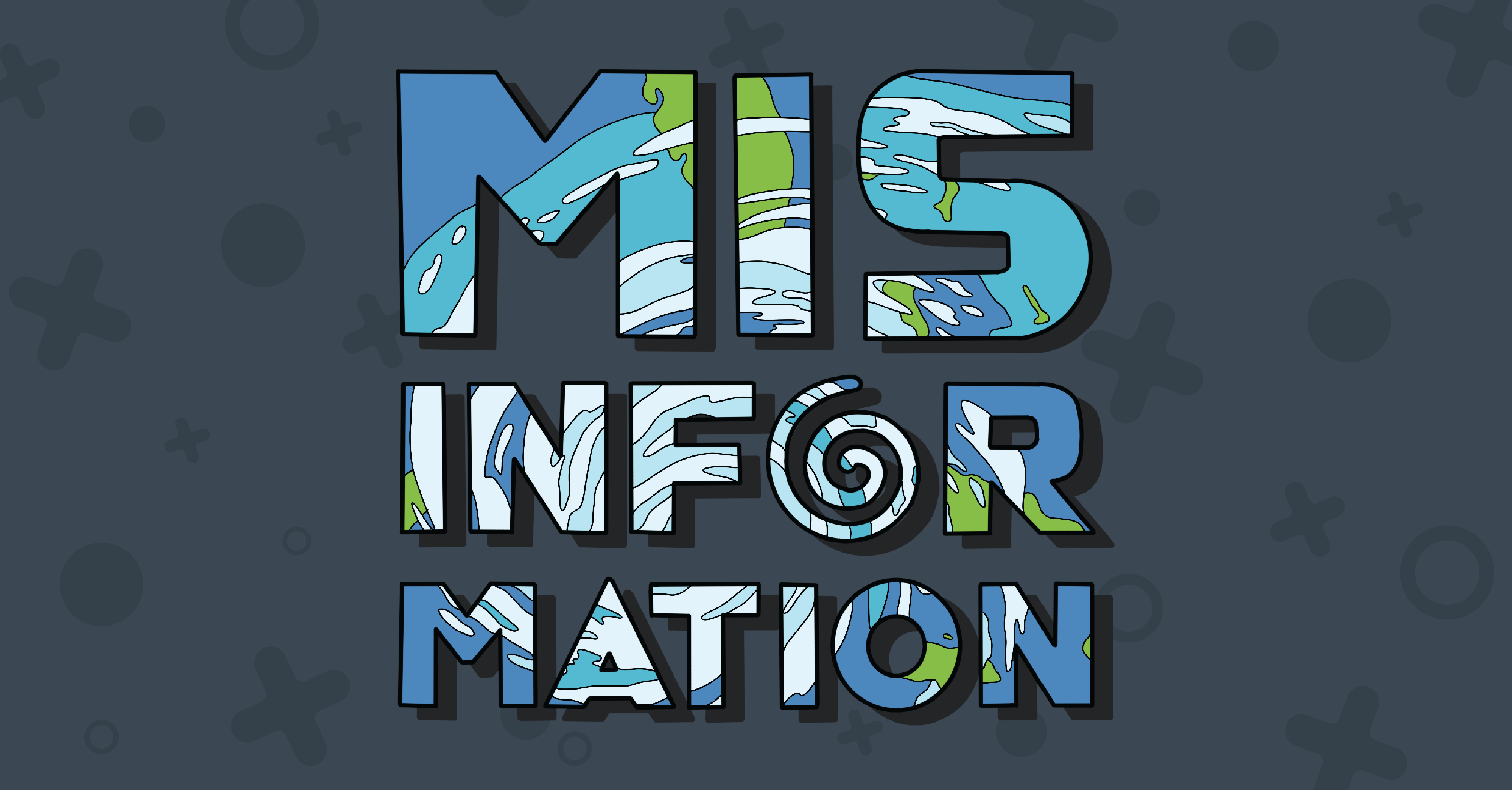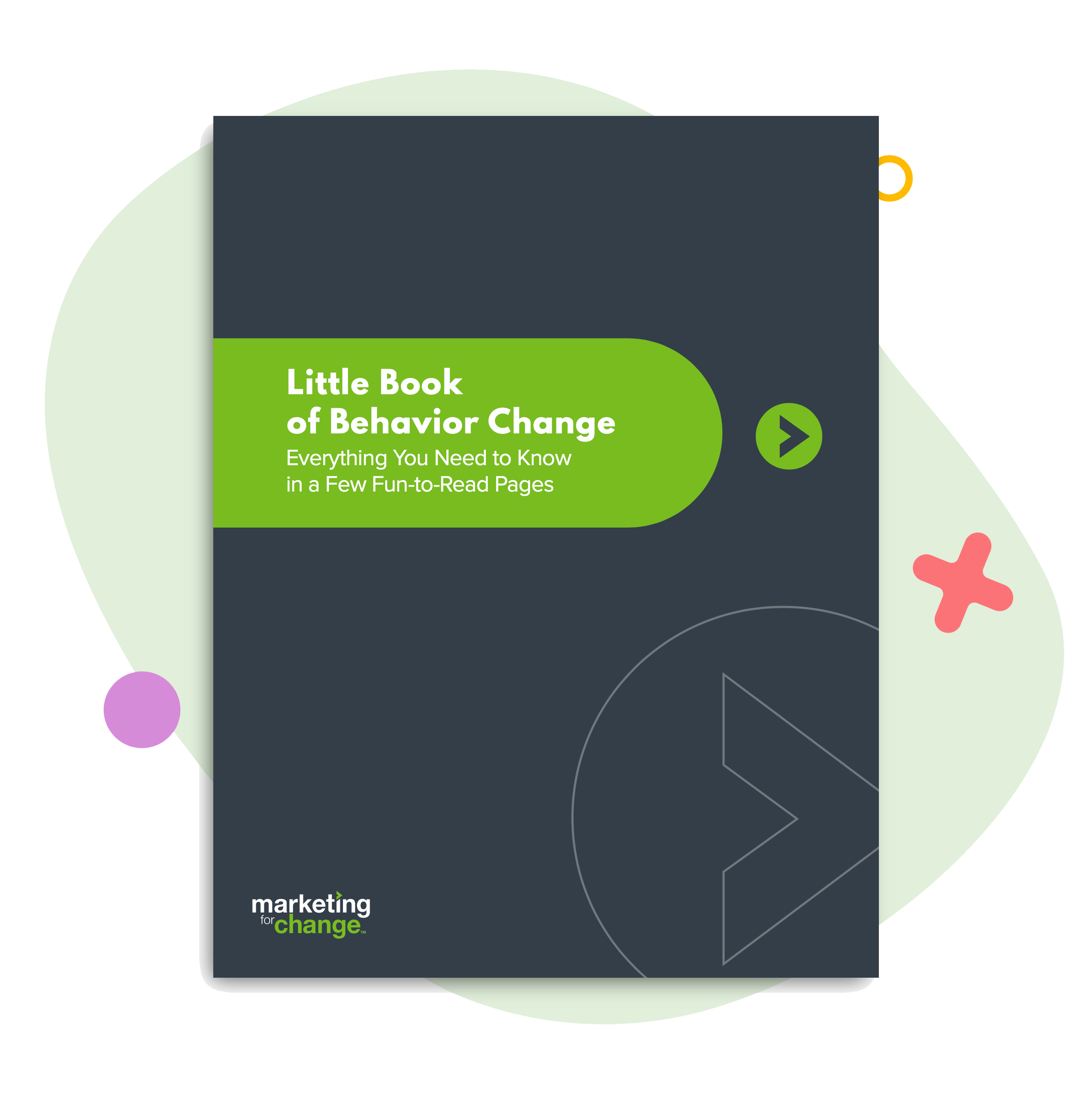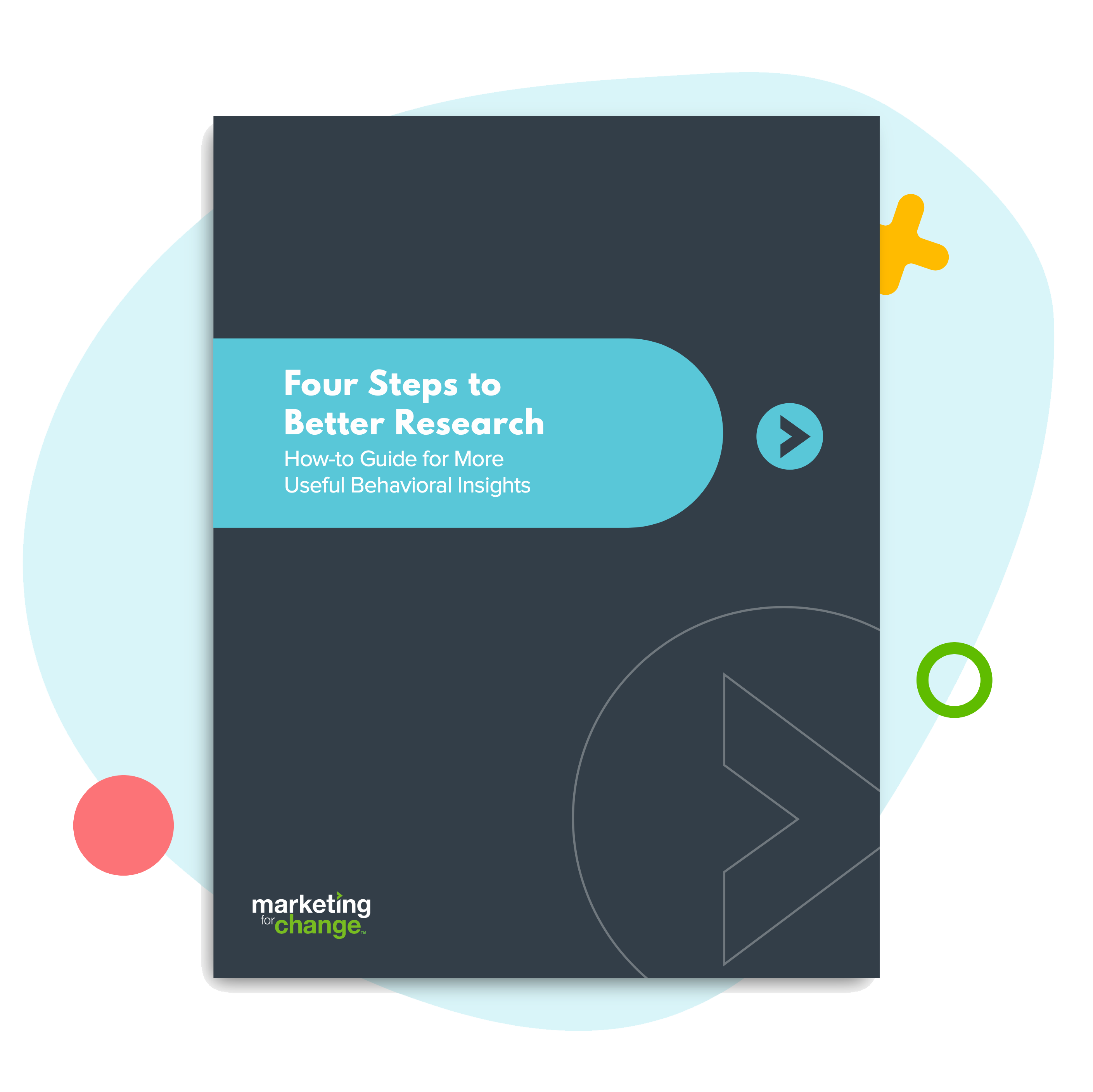
Three Key Ingredients to a Powerful Web Presence
Websites can be powerful — or completely powerless. It all boils down to three factors — traffic, engagement and conversion. Unfortunately, a stubborn paradigm out there undervalues all three of those. It’s called “Build Me a Website.”
“Build Me a Website” is the underlying assumption for most organizations ordering a new or improved website. They want a thing — a web presence. The rest will take care of itself. Of course, nothing could be further from the truth. No matter what tricks a website can do, no matter how gorgeous the interface, clever the wording or precise the branding, it is always a means to an end. It’s really not a product. It’s a service. A way to ______. (You fill in the blank).
If some well-meaning nonprofit is not thinking this way, here’s how they probably inadvertently fill in that blank: It’s a way to place all that stuff we can’t get anyone to read. It’s a dumping ground. Just in case someone is actually interested.
Let’s abandon this paradigm and think about websites for what they are — as a way to ______. And by that, we don’t mean a way to learn more about a numbingly dull topic. If someone is in the change business, then they’re in the behavior change business, which means a site needs to interest the uninterested. News flash: People are not scouring the web for boring stuff. Even if you make it pretty and more readable. What’s popular is not what’s comprehensive; it’s what’s useful. People want what they can use — now. People want fun, and they want funny.
Which brings us back to the three key ingredients to a powerful website:
Traffic: People need a reason and a pathway to find a site. Long term, people need a reason to drive their friends there. (Share buttons are good, but insufficient). We need traffic that grows itself.
Engagement: Of course, we need people to do stuff on the site. What’s more, if the goal is change, we probably want a relationship that brings people back to a site to influence them over time. We typically use Nir Eyal’s Hook model. There are other strategies. The key is to think in terms of multiple visits, not one.
Conversion: It’s amazing the number of organizations unable to define what a successful site visit is supposed to accomplish or that don’t measure those “conversions.” Even many who measure conversions don’t incorporate that into a constant optimization of the user experience.
Which brings us to the main point here: Let’s treat websites as the living organisms they should be. Let’s not let “building” and “launching” define the core business of web design and development. Let’s instead define the mission as creating engagement and conversions (which require traffic) over a campaign period, where the build becomes optimization after launch. Launch is an early point in the development process, not the end point. Yes, the site is a place. But it’s a place for action. Not for dumping.

Peter is the founder & chief insights officer of Marketing for Change.






